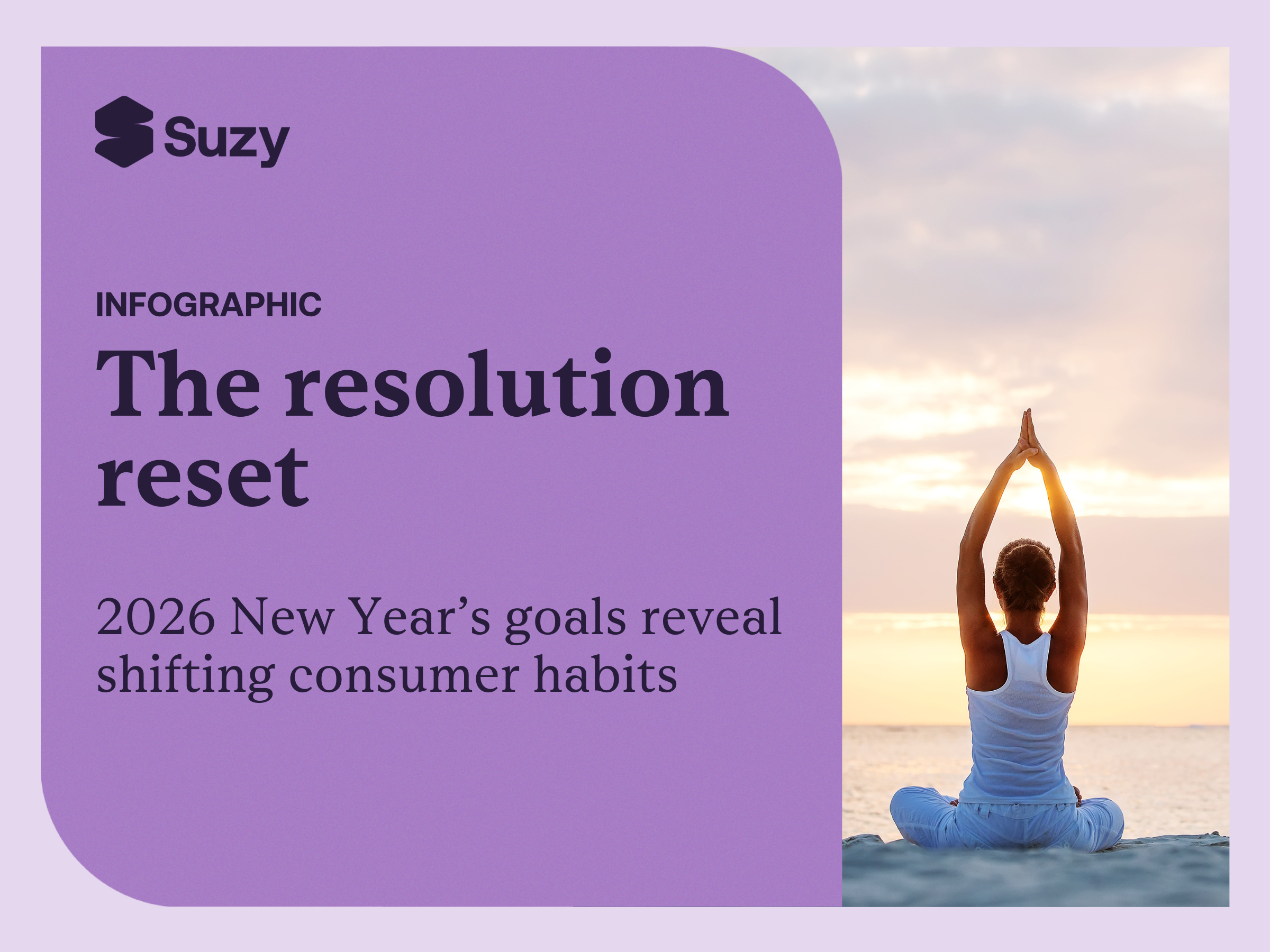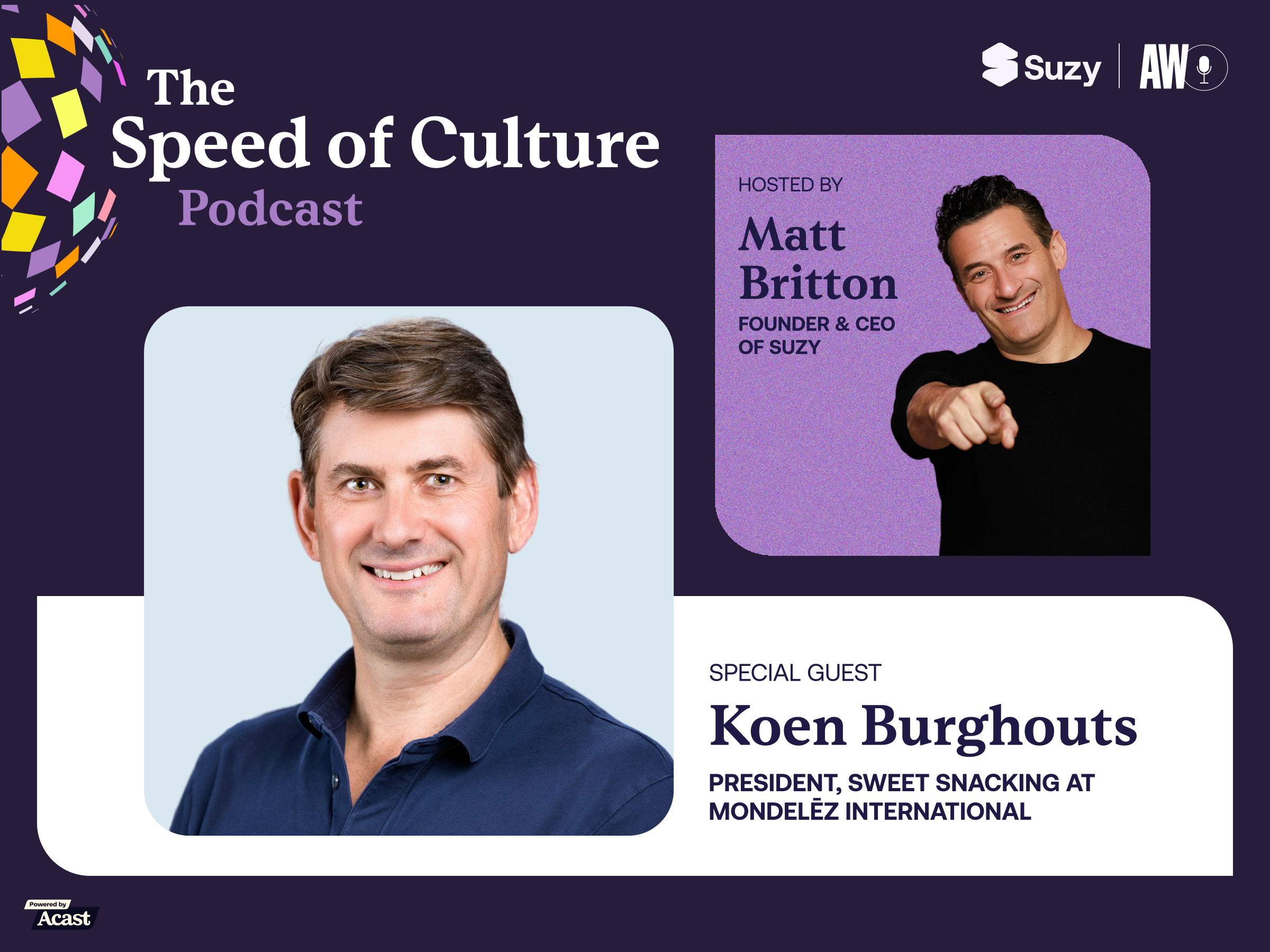Market segmentation is a powerful tool for market researchers to get new consumers, keep their existing brand users loyal, and grow lifetime value by taking market shares from competitors. To develop these all-important segments, market researchers typically rely on competitor analysis software to run a segmentation study.
During a segmentation study, brands gather data about who their consumers are, what drives their behavior, and how to grow the brand. It helps brands understand each of the unique segments that make up their target audience so they can deliver the right kinds of messaging and understand what influences behavior. Segmentation isn’t just critical for brand messaging and product development. It’s also essential for business success.
So why don’t organizations run segmentation studies more frequently?
Traditional Segmentation Studies
It’s not difficult to prove the value of a segmentation study, but it’s often associated with various pain points. For one thing, they’re expensive. On average, most companies spend up to $200,000 on a single segmentation study. They also take a long time to complete, usually around six months. Because of the high cost and slow turnaround time, most companies only refresh their segmentation data every two to three years.
Beyond the time and cost, it can also be very time-consuming to align internal stakeholders on updating segments, size of prize, innovation and branding implications- all of which are critical to business success.
In today’s world, that doesn’t really cut it. Consumer attitudes, behaviors, and preferences change at unprecedented rates. Even market segmentation studies completed a year ago may already be outdated- there has to be a better way to update and drive continual learning.
What is Dynamic Segmentation?
Market researchers and brands need segmentation studies that can keep up with constantly changing consumers. Instead of traditional segmentation studies, they can speed things up with Dynamic Segmentation on the Suzy platform.
Dynamic Segmentation uses a proprietary machine-learning algorithm to create accurate segments that inform a consumer’s intent and drivers based on a number of dependent variables, like loyalty and satisfaction — all in record time.
The entire process starts with the algorithm leveraging different factors to create holistic segments based on participants' responses in the study. Some of these factors include:
- Personality
- Category attitudes
- Functional benefits
- Emotional benefits
- Brand performance
Once these segments are created, you get immediate access to your targeted audiences in the Suzy platform. You can then conduct a market research survey to the segmented audience. This process takes only weeks to complete, which means that brands can segment often, keep segments fresh, and activate segments immediately by targeting them in-platform.
Drivers that matter
With Dynamic Segmentation, each segment is equipped with a custom driver analysis based on a dependent variable (like satisfaction) and provides an accurate summary of the experiences that drive the segment's behavior. This helps you understand your audience and aids the market research questions that you should consider asking your segment.
One of the ways Dynamic Segmentation is able to complete the segmentation study quickly is through templates. When designing templates, drivers are a critical component to the success of study. You want to make sure that you’re applying the correct drivers to your template.
Let’s use a coffee shop chain as an example. The chain may be looking at expanding their menu and needs to test new ideas. Some of the drivers that they may consider include:
- Why is a consumer visiting a coffee shop?
- What time of day (breakfast, lunch, mid-afternoon)?
- What do they purchase?
All of these questions are a critical component of the segmentation.
At the end of the day, a segmentation study needs to be able to tell a story to your internal stakeholders. Whether it’s a marketing department looking to develop personas or a business development team looking to determine the area for expansion, properly selected drivers will help tell a better story and increase value for your team.
Dynamic vs Traditional Segmentation Studies
Let’s take a look at how a traditional method of segmentation compares to Suzy’s Dynamic Segmentation.
Step 1: Study Design
Before you start your study, it’s important to align an approach for the study, success criteria, and its deliverables. Using the traditional method, this step is one of the most complex as this can make or break the study and its findings, not to mention that it can take up to two weeks to accomplish.
Suzy helps solve this problem by providing templates, therefore simplifying this decision.
Step 2: Survey Programming
Going from input collection to survey design is not easy. Best practices demand a survey soft launch so the survey can be properly tested prior to the official launch, which can be even more time-consuming and costly.
At Suzy, this step is completed right away along with Step 1 by utilizing the existing templates that have been completed in step 1.
Step 3: Fieldwork
After creating your survey, it’s time to collect the sample. Managing fieldwork, like selecting survey vendors, to ensure it meets the sample plan is often stressful as there are a number of resources involved in the collection.
At Suzy, we own our own audience and are able to receive results in minutes.
Step 4: Initial Analysis
The results are in and it’s time to analyze them. Segmentation is often described as a mix of art and science. Initial segment solutions typically need to be reviewed, iterated, and updated to make sense for a market and stakeholder perspective. There is often some guesswork involved in this process.
By contrast, Dynamic Segmentation is powered by a self-optimizing machine learning algorithm. It takes the guesswork out of research and presents accurate and reliable segments.
Step 5: Report Generation
If you can’t act on these things, it’s not going to work. Once the segmentation solution has been aligned, the analytic plan needs to be brought to life and then implications written. If findings aren’t easy for the stakeholders to understand and action, the study risks being dismissed or underutilized.
At Suzy, reports clearly outline who your segments are; as we utilize automation to assist with that.
Step 6: Findings workshop
In this stage, you get to present your findings to your stakeholder and your efforts either pay off or become a source of frustration. If it’s the latter, it can become quite challenging as you have now spent three to four months leading up to this point.
Suzy can help you make your findings workshop a success by providing outputs that include:.
- Summarize segment definitions, topic category attitudes, and perceptions
- Break down segment profiles by demographic, attitudinal differentiators, and key need-states
- Provide consumer target recommendations with supporting category driver derived opportunity matrix
- Batch typic tools for any off-platform needs
Step 7: Typing Tool Generation
Now that you have consensus on your segments, it’s time to incorporate them into your market research. Oftentimes, you have to pay more to “type in” your respondents and identify them for future research.
Suzy makes it simple and includes it in the cost. Type your panel, and it’s ready to go.
Summary
If the last two years have proven anything, it is that constant change is part of our everyday lives. Consumers who may have had a strong brand loyalty can quickly adapt their shopping behavior due to rising costs, limited supply, or travel costs. All of these factors change frequently, as does consumer behavior. It is, therefore, imperative that your segmentation studies stay fresh so you can stay ahead of the competition.
The Suzy Difference
Suzy is driven by simplicity. Just because we’re doing something that’s complicated, doesn’t mean our clients need to. At the same time, don’t let the simplicity fool you. We did not compromise on depth of insights when creating our Dynamic Segmentation. You still get the traditional outputs associated with segmentation studies.
.webp)







